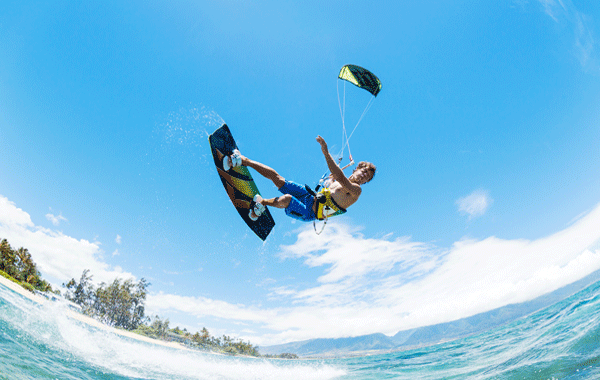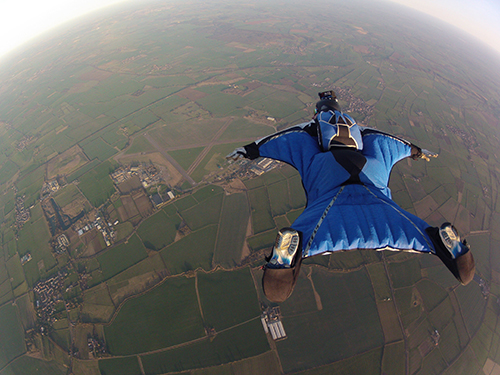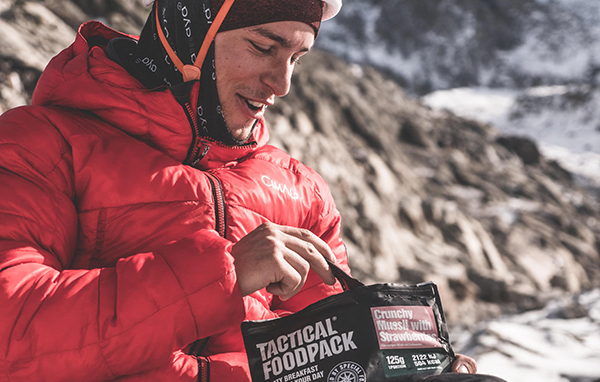
Introduction
Extreme sports test human endurance, resilience, and mental strength—whether it’s ultramarathons, mountain climbing, parkour, or triathlons. However, what often gets overlooked in these high-performance pursuits is the vital role recovery plays in long-term performance and injury prevention. Beyond rest and hydration, modern medical interventions are becoming a strategic tool in optimizing recovery and preserving an athlete’s ability to push limits again and again.
This article explores evidence-based medical strategies that support recovery, reduce injury downtime, and enable athletes to return stronger.
The Physical Toll of Extreme Sports
While the benefits of extreme sports include cardiovascular fitness, discipline, and mental grit, the physical consequences can be significant. Common issues include:
- Microtrauma to muscles from repetitive stress
- Joint inflammation and tendon overload
- Dehydration and electrolyte depletion
- Stress fractures, especially in endurance athletes
- Delayed onset muscle soreness (DOMS) limiting performance days after competition
Left unchecked, these conditions can evolve into chronic injuries and performance plateaus.
The Shift Toward Medically Guided Recovery
Today, elite athletes increasingly rely on clinical support—not just coaches and trainers—to extend career longevity. Recovery is now seen not as a passive phase, but a medical opportunity to accelerate cellular repair, rebalance hormones, and optimize metabolic function.
- IV Hydration and Nutrient Therapy
IV drips that replenish fluids, electrolytes, and amino acids have become a mainstay in extreme athletes’ post-event care. These treatments help:
- Restore hydration rapidly
- Reduce oxidative stress
- Support muscle protein synthesis
Clinics offering post-performance IV therapy often report faster rebound in muscle recovery and energy levels compared to oral supplementation alone.
- Regenerative Therapies
Treatments like PRP (Platelet-Rich Plasma), exosome therapy, and microneedling with growth factors are increasingly being used to heal microtears and chronic tendon injuries. These methods activate the body’s own repair mechanisms and have been shown in studies to reduce downtime after soft tissue injury. - Hyperbaric Oxygen Therapy (HBOT)
Used by military units and elite athletic teams, HBOT floods tissues with oxygen under pressure, accelerating healing of damaged muscles and ligaments. Some athletes report improved sleep quality and reduced inflammation as added benefits. - Weight Management and Fatigue Resistance
Maintaining ideal body composition is essential for endurance performance. For athletes who struggle with metabolic resistance or stress-related fat retention, GLP-1 medications like semaglutide and tirzepatide are being integrated under medical supervision to support lean mass retention and energy regulation. Clinics like Skin Works Medical Spa in El Segundo now offer these programs as part of broader metabolic recovery plans.
Mental Recovery: The Overlooked Component
Chronic fatigue, brain fog, and adrenal imbalance are common in overtrained athletes. Medical evaluations that include hormone testing (cortisol, thyroid, testosterone/estrogen) can reveal imbalances that affect recovery. Mental recovery plans may include:
- Adaptogenic support (e.g., ashwagandha, Rhodiola)
- Nutritional psychiatry
- Sleep optimization protocols
Integrating Recovery into Training
Athletes who treat recovery with the same respect as performance improve long-term output and reduce injury risk. Recommendations include:
- Scheduled recovery weeks built into training blocks
- Lab testing for markers like CRP, HbA1c, ferritin, and testosterone
- Annual DEXA scans to monitor bone and muscle density
Conclusion
Recovery is no longer optional or secondary—it is central to extreme performance. Whether you’re a seasoned endurance athlete or just beginning your pursuit of physical limits, integrating medical insights into your recovery plan ensures that your body remains as limitless as your ambition.
References
- Peake, J.M. et al. (2017). Recovery after exercise: an update. Journal of Sports Sciences.
- Nieman, D.C. (2020). Immune function and recovery in athletes. Journal of Applied Physiology.
- American College of Sports Medicine. (2023). Recovery guidelines for competitive athletes.









